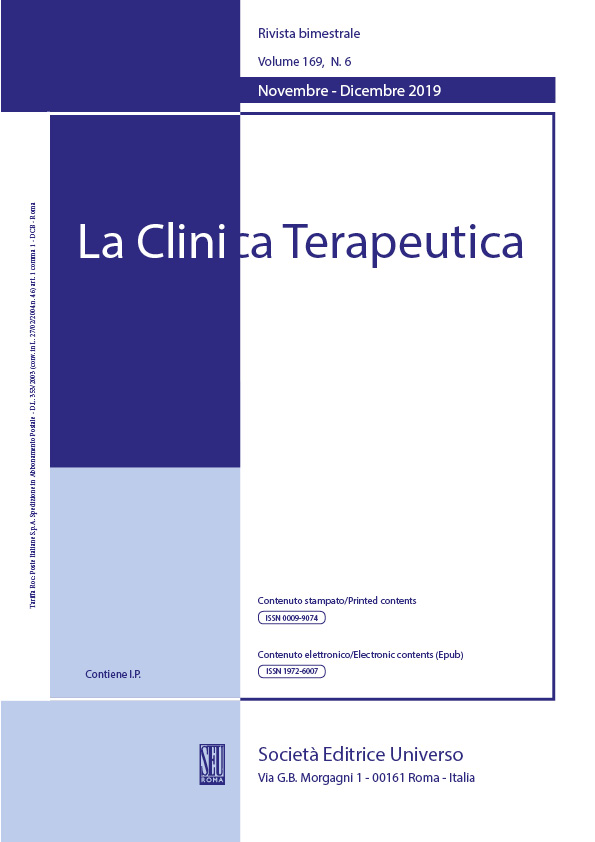Abstract
We present a case of 68-year-old female with four months history of fever, fatigue, and weight loss. She was classified as case of fever of unknown origin. The physical examination was normal, the laboratory tests showed anemia, elevation of C-reactive protein, erythrocyte sedimentation rate and fibrinogen. The diagnosis was unclear and 18F-FDG PET/CT was performed. Images showed high glucose uptake in the wall of the ascending and descending aorta, in the walls of the subclavian arteries, abdominal aorta and proximal part of both iliac arteries. The diagnosis of GCA appeared most likely and steroid treatment was initiated. After the therapy, clinical signs disappeared, laboratory parameters normalized and follow-up 18F-FDG PET/CT demonstrated lack of glucose uptake in the vessels’ walls. We observed remission. 18F-FDG PET/CT offers a possibility for early detection of inflammation in the vessels and could be used for assessment of therapy response. Performing this nuclear imaging method in a clinical setting, where there is suspicion of large-vessel vasculitis is of great benefit for the final outcome
